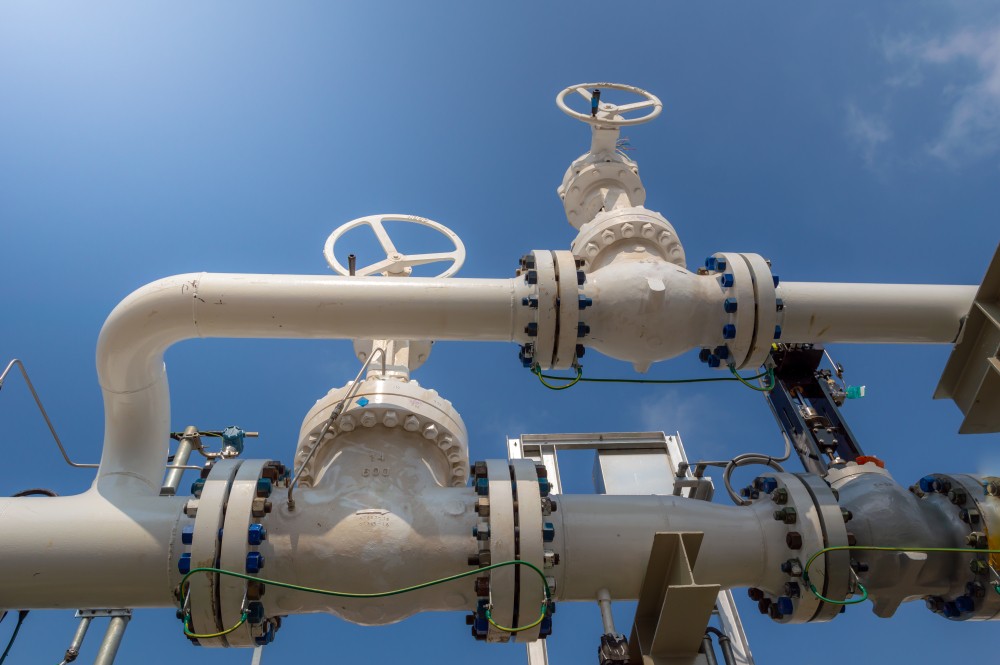Quick Look
- Brent crude futures dipped to $81.48 a barrel, while U.S. WTI crude dropped to $76.27.
- A stronger dollar contributed to the fall in oil prices, making oil more costly for other currency holders.
- Market sentiment is affected by expectations of sustained high U.S. interest rates, impacting fuel demand growth.
- Geopolitical tensions and supply concerns introduce a $2/barrel risk premium to Brent prices.
- Goldman Sachs forecasts a summer peak oil price of $87 a barrel, adjusting for global disruptions and demand.
On Monday, the oil market experienced modest fluctuations. Brent crude futures fell by 14 cents to $81.48 a barrel, and U.S. West Texas Intermediate (WTI) crude futures declined by 22 cents to $76.27 a barrel. These movements are part of a broader trend influenced by a strengthening dollar, which makes oil more expensive for holders of other currencies. This dynamic has significantly contributed to the observed price drop.
2-3% Drop: U.S. Oil Rates Stir Market Sensitivity
The losses in the previous session, with Brent and WTI down about 2% and more than 3%, respectively, highlight the market’s sensitivity to expectations regarding U.S. interest rates. As the market anticipated delays in cuts to high U.S. interest rates due to higher-than-expected inflation, global fuel demand growth prospects have been revised. This shift in market sentiment, favouring a “higher-for-longer” rate outlook, has pressured commodity prices across the board.
$70-$90 Barrel Band: OPEC and China in Focus
This price band reflects a balance between bullish factors, like reduced OPEC output, and bearish concerns, especially about demand in China. The market is currently navigating these opposing forces, with geopolitical developments adding another layer of complexity.
In particular, attacks on ships in the Red Sea by the Houthis have added a modest $2 per barrel geopolitical risk premium to Brent prices. These events underscore the oil market’s susceptibility to external shocks, which can abruptly alter supply-demand dynamics.
Goldman Eyes $87 Summer Peak Amid Disruptions
Looking ahead, Goldman Sachs has adjusted its summer peak oil price forecast to $87 a barrel, mainly due to disruptions in the Red Sea. For 2024, the demand growth projection is 1.5 million barrels per day. This includes significant adjustments for key markets such as China, the U.S., and India. In the U.S., anticipated declines in oil stockpiles and an increase in oil rigs may support oil prices, signalling potential future supply increases.
The movements in the oil market are part of a broader context of commodity price fluctuations. Gold, copper, and iron ore prices have also experienced declines, largely influenced by the stronger U.S. dollar and varying factors such as higher inventories in China and slow construction activity. These trends reflect the interconnected nature of global commodity markets and the myriad factors influencing prices.









COMMENTS